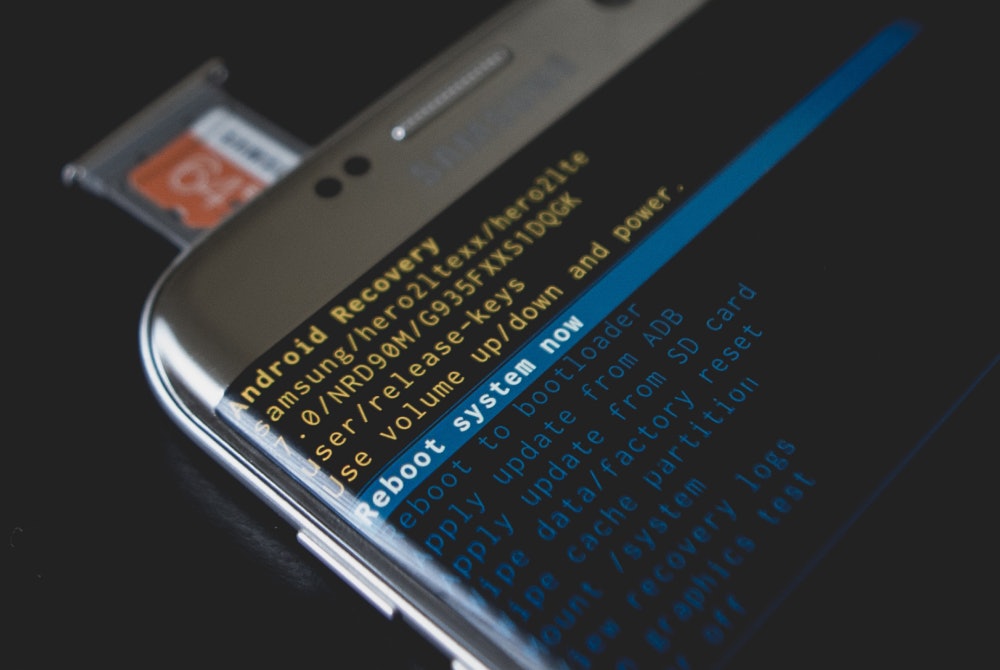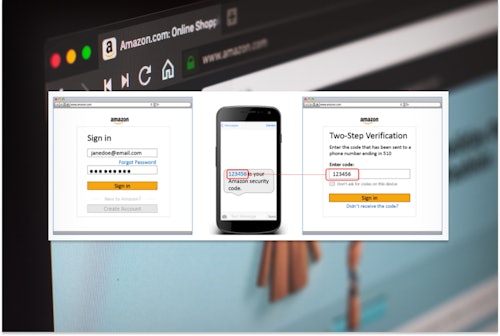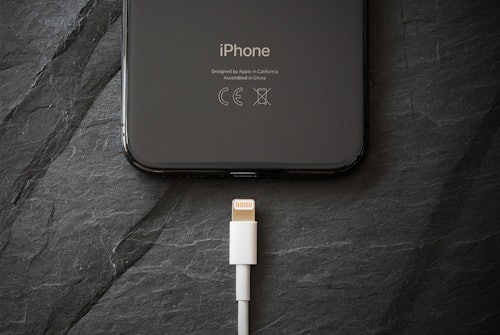- Understand the Basics of Android Phone Security
- Check Your Settings and Install Security Apps
- Create a Checklist to Protect Against Scammers
- Adopt Best Practices for Protecting Your Phone
In recent years, Android phones have become increasingly vulnerable to malicious hackers. Over the past decade, security threats targeting the platform have increased in both complexity and frequency. These threats range from malware that can steal data to ransomware that locks users out of their devices until they pay a ransom fee. As Android is an open source operating system with millions of users worldwide, it’s no surprise that cybercriminals are targeting it more and more often. Such threats can put user privacy at risk by allowing hackers access to sensitive information such as passwords, bank account details and personal files stored on their device. It’s important for all Android phone owners to stay aware of these risks and take steps to protect themselves against them.
Understand the Basics of Android Phone Security
Android phone security is the practice of protecting your Android device and its data from malicious attacks, unauthorized access, and other threats. It’s important to understand how these threats can affect your device and take measures to protect yourself against them. Without proper security practices in place, you could be vulnerable to data theft, malware attacks, and more. Additionally, as technology becomes increasingly connected through the Internet of Things (IoT), our devices are becoming even more exposed to potential cyberattacks which makes it even more important for us all to stay vigilant about securing our devices.
By taking steps such as updating software regularly, using secure passwords and two-factor authentication when available, setting up a secure VPN connection when necessary, and knowing what types of apps are safe for download - we can ensure that our Android device stays protected from unwanted intrusions by hackers or other malicious actors.
Check Your Settings and Install Security Apps
When it comes to securing your Android phone against hackers, one of the most important steps is to review and adjust your settings. Depending on the type of device you have, there are a variety of settings that should be reviewed and adjusted for maximum security. For example, if you have an older device running Android 4 or earlier, make sure to check whether “Unknown Sources” under Settings > Security is turned off. If it isn’t, then turn it off as soon as possible since this will prevent malicious apps from being installed.
Additionally, some devices may also allow you to encrypt your data so take advantage of this feature if available. Other important settings include those related to Wi-Fi connections such as making sure Wi-Fi Protected Setup is enabled when connecting new networks and enabling WPA2 encryption for optimal protection when connected in public areas like coffee shops or airports. Finally, review all permission requests for any third-party applications before installing them on your device – only approve permissions that are critical for the app’s function; everything else should be denied unless absolutely necessary for usage purposes.
When it comes to protecting your Android phone against hackers, the first step is to check your device's settings and ensure that you have enabled security features like two-factor authentication (2FA). After you have done this, the next step is to install security apps to further protect your device. There are a variety of different security apps available for free on the Google Play Store that can help secure your phone from malicious activity. These apps range from antivirus software which can detect and remove viruses, malware and other malicious programs, as well as password managers which store all of your passwords in an encrypted database. Additionally, there are also VPNs (Virtual Private Networks) which encrypt all of your internet traffic so that unauthorized third parties cannot intercept it. Installing these types of security apps will not only provide extra layers of protection for your Android device but also give you peace of mind knowing that it is safe from potential hackers.
Create a Checklist to Protect Against Scammers
Creating a checklist is an important step in protecting your Android phone against hackers. Here are some tips to help you create a comprehensive and effective checklist:
- Make sure your device is running the latest security updates. Updates can help protect against newly discovered vulnerabilities, so it’s important to keep your device up-to-date.
- Regularly scan for malware and malicious applications that may have been installed on your device without your knowledge or consent. There are several free mobile security apps available that can detect malicious software and alert you if any suspicious activity is detected on your phone.
- Securely store all sensitive data, such as passwords, bank account information, credit card numbers, etc., either by using encryption or by storing them in a secure location (e.g., password protected file).
- Use two-factor authentication wherever possible – this adds another layer of protection by requiring additional verification before granting access to accounts and devices associated with those accounts (e.g., email address).
- Avoid connecting to public Wi-Fi networks when possible - these networks often lack basic security measures which makes it easy for hackers to intercept data sent over these networks without the user's knowledge or consent.
Adopt Best Practices for Protecting Your Phone
When it comes to securing your Android phone from hackers, the best practices are to make sure that you always have a secure lock screen in place. This could be a PIN code, pattern, or password depending on your preferences. Additionally, it is important to regularly update all apps and operating systems when new versions come out as these updates often contain security patches. You should also install an antivirus software for additional protection against malware and other malicious threats. Finally, avoid connecting to public Wi-Fi networks whenever possible due to their vulnerability of being hacked into by attackers - instead use mobile data if available or create a personal hotspot with another device which can give you greater control over the security settings used. Following these steps will ensure that your Android phone is well protected against most potential hacking attempts.
Securing your Wi-Fi network is an essential step in protecting your Android phone from hackers. The first thing you should do is make sure to have a strong password that includes a combination of letters, numbers, and symbols. You should also enable the WPA2 encryption protocol to ensure that all data sent through your wireless network is secure. Additionally, if possible, consider using a dual band router with both 2.4GHz and 5GHz networks so you can separate your public traffic from private traffic for added security. Finally, be sure to change the default name (SSID) of your Wi-Fi network as this will help keep unauthorized users away who may try to guess it based on its original settings.











Comments